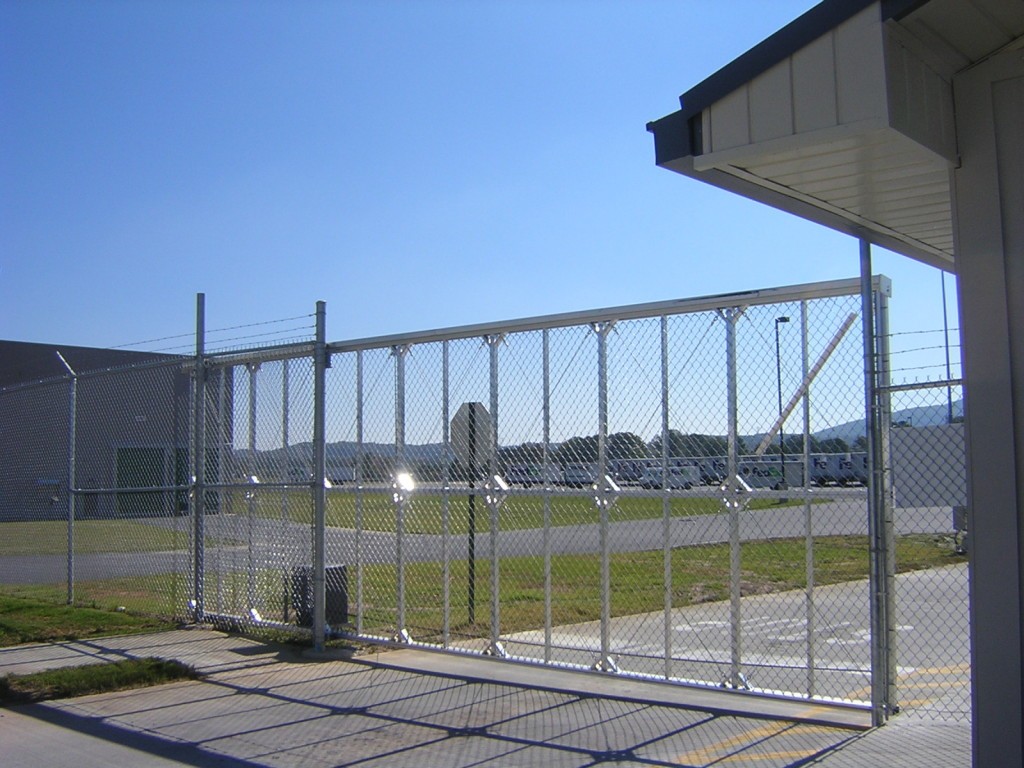An Overview of CNC Machining
What is CNC Machining?
CNC machining is a manufacturing process that involves the use of computer-controlled machines to shape and cut materials into precise designs. This technology allows for the removal of material from a solid block or sheet, using tools such as drills, lathes, and mills. Unlike traditional manual methods, CNC machines follow digital instructions from CAD (Computer-Aided Design) or CAM (Computer-Aided Manufacturing) files, enabling high levels of accuracy and efficiency.
These machines are capable of moving along multiple axes, allowing them to perform complex cuts and shapes. Advanced models can even flip parts automatically, reducing the need for manual intervention and increasing productivity. Whether working with metals, plastics, or wood, CNC machines offer a versatile solution for a wide range of applications.
What Materials Are Commonly Used in CNC Machining?
CNC machines can work with a wide variety of materials, making them highly adaptable. Common materials include aluminum, brass, copper, steel, wood, foam, fiberglass, and various types of plastic. The choice of material often depends on the specific requirements of the project, such as strength, weight, and durability. Each material has unique properties that influence how it responds to cutting, shaping, and finishing processes.
Advantages of CNC Machining Over Traditional Methods
CNC machining offers numerous benefits over conventional machining techniques. One of the most significant advantages is precision—machines can produce parts with extremely tight tolerances, ensuring consistency across large production runs. Additionally, CNC machines are highly repeatable, which is crucial for mass production. They can operate continuously without breaks, significantly reducing downtime and increasing overall efficiency.
Versatility is another key advantage. Many CNC machines can perform multiple operations, such as drilling, milling, and turning, all within a single setup. This reduces the need for multiple machines and streamlines the production process. Finally, the automation provided by CNC technology leads to improved return on investment, as it minimizes labor costs and enhances productivity.
- Precision – CNC machines deliver consistent and accurate results, making them ideal for complex and detailed parts.
- Repeatability – Once programmed, CNC machines can reproduce the same part repeatedly with minimal variation.
- 24/7 Operation – These machines can run continuously, maximizing production output and minimizing delays.
- Versatility – With the right tooling, a single machine can handle multiple tasks, improving workflow efficiency.
- Cost-Effective – By reducing waste and labor costs, CNC machining can significantly improve ROI over time.
Types of CNC Machines
There are several common types of CNC machines used in metalworking and manufacturing. Here are five of the most widely used:
- CNC Drilling Machines – These machines are ideal for creating holes in materials like metal, plastic, or wood. They can be programmed to drill with high precision, making them suitable for large-scale production.
- CNC Lathes – Lathes spin the workpiece while a stationary cutting tool shapes it. They are especially useful for creating cylindrical parts, such as shafts and bolts.
- CNC Milling Machines – These machines use rotating cutters to remove material from a stationary workpiece. They are versatile and commonly used for creating complex shapes and features.
- CNC Grinders – Grinders use abrasive wheels to shape and smooth surfaces. They are often used for fine finishing and achieving tight tolerances.
- CNC Plasma Cutters – These machines use a plasma torch to cut through conductive materials, such as steel and aluminum. They are fast and efficient for cutting large or thick pieces.
CNC Milling Machines vs. CNC Lathe Machines
CNC milling and lathe machines are both essential in modern manufacturing, but they serve different purposes. While both use subtractive machining techniques, their operation and application differ significantly. Understanding these differences can help you choose the right machine for your project and optimize your workflow.
Operational Differences
The main difference between a lathe and a milling machine lies in how the workpiece and cutting tool interact. In a lathe, the workpiece rotates while the cutting tool remains stationary. In contrast, a milling machine keeps the workpiece still while the cutting tool rotates. This distinction affects the types of shapes and features each machine can produce.
Lathe Machine
Lathes are best suited for creating symmetrical and cylindrical parts. The spinning motion of the workpiece allows for operations such as turning, drilling, threading, and grooving. They are particularly effective when producing items like shafts, gears, and bushings.
Milling Machine
Milling machines offer greater flexibility, as the cutting tool moves around a stationary workpiece. This allows for more complex and irregular shapes to be created. They are commonly used for tasks such as slotting, profiling, and contouring, making them ideal for intricate parts and custom designs.
Application Differences
If you need to create complex, asymmetrical parts, a milling machine is typically the better choice. It offers a wider range of cutting tools and can handle more varied operations. On the other hand, lathes excel at producing cylindrical components with high precision and consistency. For projects involving rotational symmetry, a CNC lathe is the optimal option.
CNC Machining Techniques
Turning
Turning is one of the oldest and most common CNC machining techniques. It involves rotating the workpiece while a cutting tool removes material. This process is ideal for creating cylindrical shapes, such as shafts, rods, and discs. Turning can also be used for drilling, threading, and other surface finishing operations.
Milling
Milling is the opposite of turning. Instead of rotating the workpiece, the cutting tool rotates while the workpiece remains stationary. This technique is perfect for creating complex shapes and features, such as slots, grooves, and contours. It is widely used in industries requiring high precision and customization.
Grinding
Grinding is a finishing process used to achieve a smooth and precise surface. Surface grinders use an abrasive wheel to remove small amounts of material, resulting in a flat and polished finish. This technique is often used after other machining operations to refine the final product.
Solid Sink EDM
Solid sink EDM (Electrical Discharge Machining) is used to create intricate shapes and features in hard materials. It works by using an electrically charged electrode to erode material from the workpiece. This method is ideal for making holes, pockets, and other detailed features that are difficult to achieve with traditional cutting tools.
Wire EDM
Wire EDM uses a thin wire to cut through electrically conductive materials. This process is known for its ability to make precise and complex cuts, even in tough materials like carbide or diamond. It is often used for creating molds, dies, and other precision components.
Cylindrical Grinding
Cylindrical grinding combines elements of surface grinding and lathe turning. It is used to produce smooth and accurate surfaces on cylindrical workpieces. The workpiece is held stationary while a rotating grinding wheel shapes the surface, ensuring high-quality finishes and tight tolerances.
Need CNC Machining Help?
CNC machining offers endless possibilities for manufacturers and engineers. From simple prototypes to complex industrial parts, there's a CNC machine and technique suited for every project. If you're looking for expert assistance with your next CNC machining job, contact us today. We specialize in laser cutting, robotic welding, and custom CNC machining services to meet all your metal fabrication needs.
Countersunk Neodymium Magnets,Neodymium Countersunk Ring Magnets,Neodymium Countersunk Magnets,Neodymium Countersunk Pot Magnet
Dongguan Zhenglong Magnet Co., Ltd , https://www.zlmagent.com
Previous Article
Autodesk Ushers in New Era of Connected Construction with Autodesk Construction Cloud
Next Article
Flyability adds CHF 15 million in new funding led by SBI Investment, with participation from Cargill, Verve Ventures, and existing investors, bringing total round size to CHF 22 million


